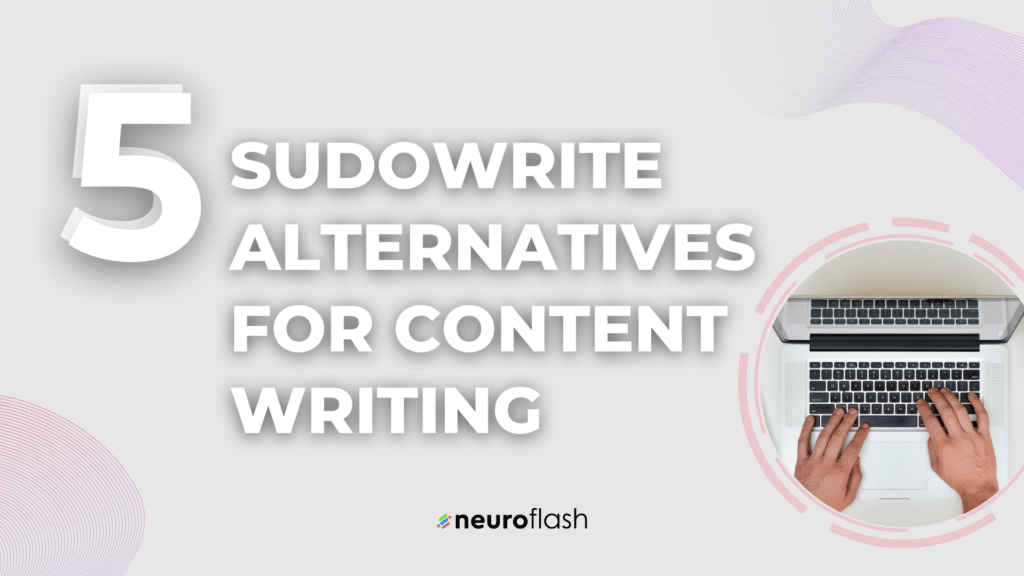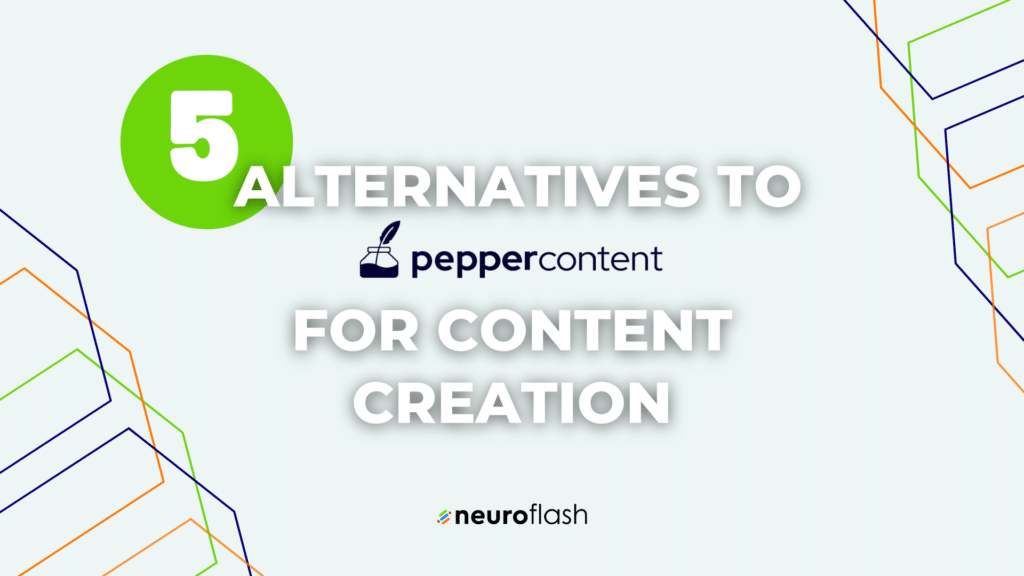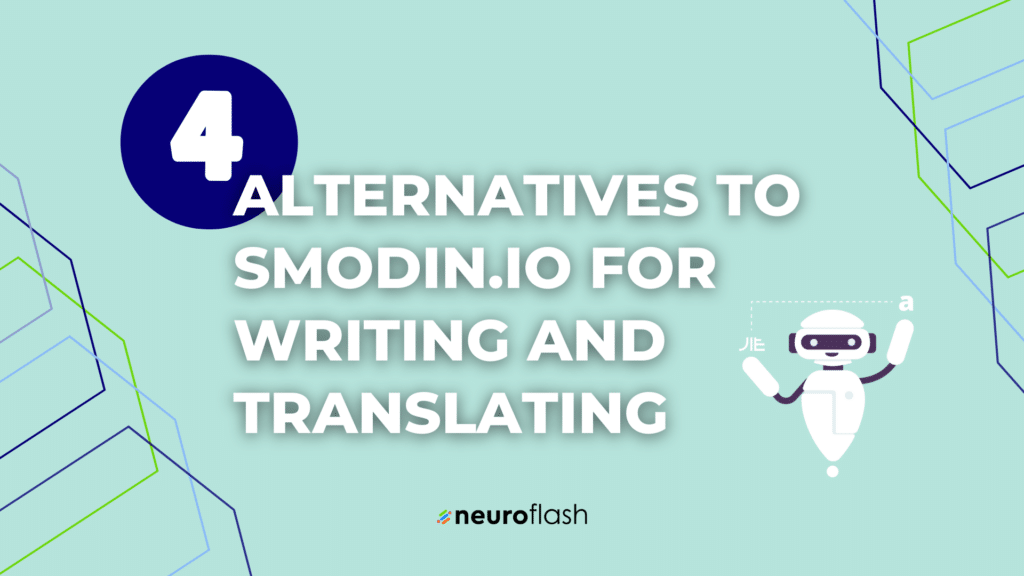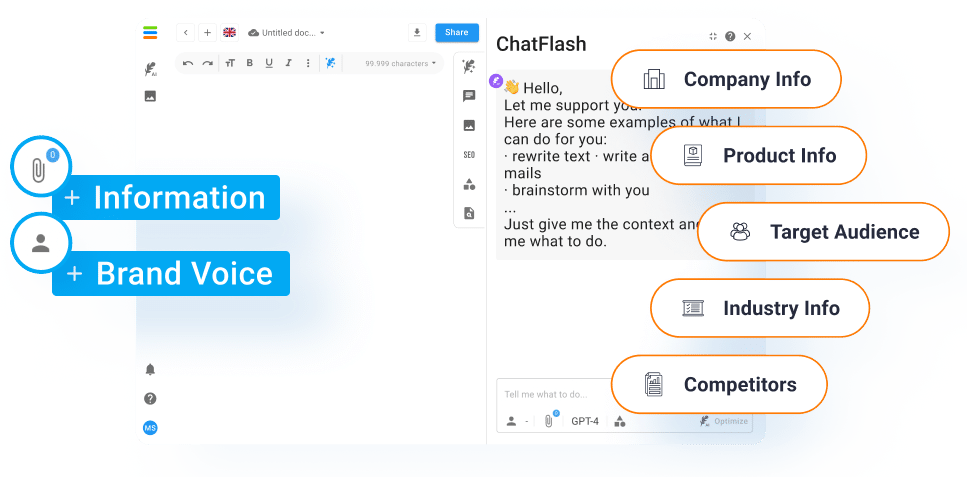Chatting with ChatGPT can be fun and productive, but technical difficulties, lack of input, unnatural language, overloading, and incomplete training can sometimes make it hard to keep the conversation flowing. In this article, you will learn how to troubleshoot technical issues, provide more meaningful input, adjust your language, avoid overloading chatgpt, and improve chatgpt’s training to ensure a smooth chat experience.
Technical difficulties
ChatGPT is an AI-powered chatbot that relies on complex algorithms and models to generate responses. As with any technology, there might be technical issues that can cause ChatGPT to crash, freeze or stop responding. Common causes of technical difficulties include server problems, network issues, software bugs, and hardware limitations.
To troubleshoot technical issues, you should first check your internet connection and make sure it is stable and fast enough to support ChatGPT. If your connection is fine, try refreshing the page or restarting the chat. If the problem persists, you can contact the ChatGPT support team or seek help from online forums and chat communities. It can also be helpful to read the ChatGPT documentation and familiarize yourself with its features and limitations.
For more information on troubleshooting ChatGPT, you can check out this blog article that provides tips and insights on how to optimize your chat experience with ChatGPT.
Lack of input
Another common problem when chatting with ChatGPT is that it may generate vague or unhelpful responses if it lacks sufficient input or context. ChatGPT relies on a large dataset of textual data to learn and generate responses. The more specific and meaningful your input, the better ChatGPT will perform.
To provide more meaningful input, try to be as clear and concise as possible in your prompts and questions. Avoid using vague or ambiguous language that can confuse ChatGPT. If you need to provide additional information or context, make sure to do so in a structured and organized manner. You can also use the built-in chat features of ChatGPT to clarify your input and refine your queries.
For more tips on improving your input and getting better responses from ChatGPT, check out this free tool that provides insights and suggestions based on your chat logs and conversation history.
Unnatural language
ChatGPT may sometimes generate unnatural or confusing responses due to its training dataset and modeling approach. ChatGPT is trained on a large corpus of text data that includes different styles, tones, and genres. However, it may still struggle to understand idiomatic expressions, slang, or cultural nuances that are not present in its training data.
To adjust your language and communicate more effectively with ChatGPT, try to use clear and concise language that adheres to standard grammar and syntax rules. Avoid using jargon, technical terms, or slang unless necessary. If you need to use a specific term or expression, provide a clear definition or explanation to help ChatGPT understand what you mean.
For more information on how to improve your language and communicate more effectively with ChatGPT, you can check out this tool that provides writing suggestions and insights based on your writing style and preferences.
Overloading ChatGPT
ChatGPT’s processing capabilities have their limitations. ChatGPT is designed to handle a moderate volume of requests and queries, but it may struggle when overloaded with too much input or complex tasks. Overloading ChatGPT can result in slow response times, errors, and crashes.
To avoid overwhelming ChatGPT, try to keep your input concise and specific. Instead of asking multiple questions or making too many requests at once, focus on one task or topic at a time. You can also use the built-in chat features of ChatGPT to organize your queries and break down complex tasks into smaller, more digestible chunks.
For more tips on how to optimize your chat experience with ChatGPT and avoid overloading it, check out this tool that provides insights and suggestions on how to use AI chatbots effectively.
Incomplete training
ChatGPT’s ability to generate accurate and relevant responses depends on its training dataset and modeling strategy. ChatGPT is trained on a large corpus of text data that includes different topics, genres, and styles. However, there may still be gaps or biases in its training data that affect its performance.
To improve ChatGPT’s accuracy and fill in the gaps in its training data, you can provide feedback and suggestions based on your chat experience. When ChatGPT generates inaccurate or irrelevant responses, you can provide specific examples and explanations of what went wrong and why. This feedback can help improve ChatGPT’s training and make it more accurate and helpful.
For more information on how to improve chatbots’ training and accuracy, you can check out this blog article that provides insights and suggestions on how to train AI models more effectively.
Useful Tips
- Be clear and concise in your prompts and questions.
- Avoid ambiguous language that can confuse ChatGPT.
- Use standard grammar and syntax rules.
- Keep your input concise and specific.
- Provide feedback to improve ChatGPT’s training.
Related Questions
What are some common mistakes people make when using ChatGPT?
Some common mistakes people make when using ChatGPT include providing vague or incomplete input, using jargon or slang that ChatGPT does not understand, overloading it with too much input or complex tasks, and not providing feedback to improve its training. By avoiding these mistakes and following the tips outlined in this article, you can improve your chat experience with ChatGPT and get better results.
How can you identify when ChatGPT is about to stop responding?
ChatGPT may stop responding or freeze when it has reached its processing limit or encountered technical issues. You can identify when ChatGPT is about to stop responding by monitoring its response times, error messages, or feedback indicators. If you notice that ChatGPT is taking too long to respond or generating irrelevant or inaccurate responses, you may need to refresh the page, restart the chat, or seek help from online resources or support teams.
What are some alternative tools or methods for conversing with AI?
There are many alternative tools and methods for conversing with AI, including voice assistants, chatbots, virtual assistants, and natural language processing (NLP) tools. Some popular AI chatbot platforms and tools include Dialogflow, Watson Assistant, and Botpress. Depending on your needs and preferences, you may also consider using personal assistants like Siri, Alexa, or Google Assistant, which can understand and respond to voice commands. Regardless of the tool or method you choose, it’s important to keep in mind the same principles of clear communication, meaningful input, and effective feedback to ensure a productive and enjoyable conversation with AI.
In conclusion, chatting with ChatGPT can be a fun and productive experience if you follow the tips outlined in this article. By troubleshooting technical issues, providing clear and concise input, adjusting your language, avoiding overloading, and improving ChatGPT’s training, you can ensure a smooth chat experience and get the best results from this AI-powered chatbot.
Conclusion
Chatting with ChatGPT can be a fun and innovative way to communicate, whether for personal or business purposes. However, technical difficulties, lack of input, unnatural language, overloading, and incomplete training can cause communication to become slow or difficult. To ensure a smooth chat experience and get the most out of ChatGPT, it is important to follow the tips outlined in this article.
If you encounter technical difficulties, ensure that your internet connection is stable and refresh the page or restart the chat. If the problem persists, contact the ChatGPT support team. To provide ChatGPT with quality input, make sure to ask clear and concise questions and avoid using ambiguous language that may cause confusion.
It is also helpful to adjust your language, avoiding jargon or slang that may not be understood. Overloading ChatGPT may cause it to respond slowly or inaccurately, so try to be brief and specific in your prompts and break down large queries into smaller elements. Finally, providing feedback can help improve ChatGPT’s training and make conversations more productive in the future.
In summary, ChatGPT is designed to help and provide value to its users. Through careful and effective communication, getting the best results from ChatGPT is possible. By understanding and following these simple tips, ChatGPT can be an innovative and effective tool to help achieve your communication goals.


















